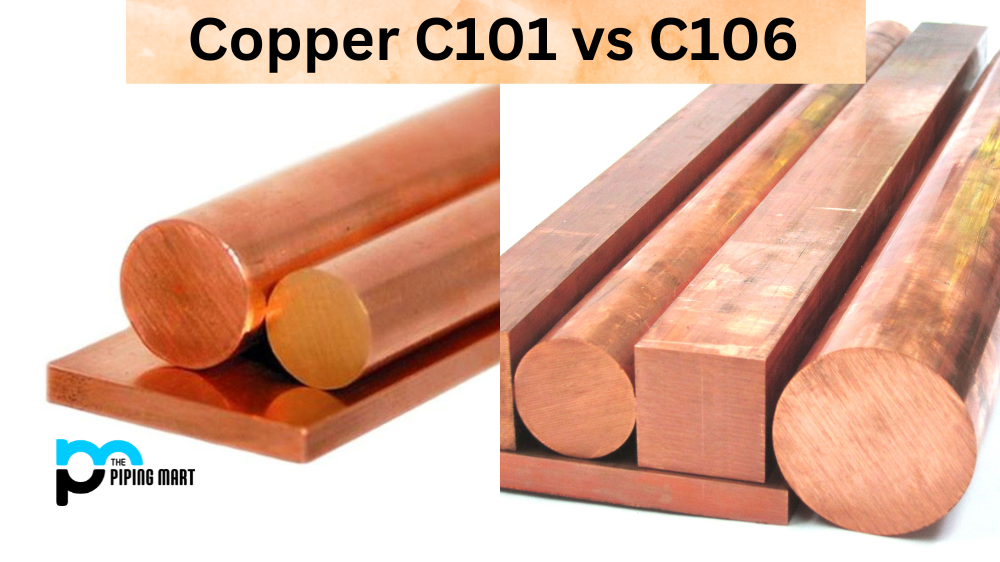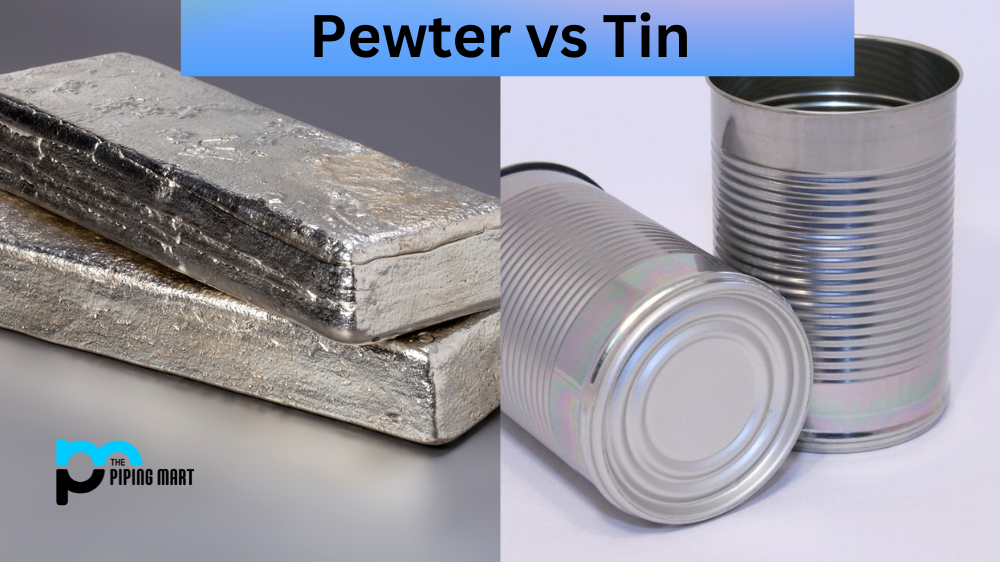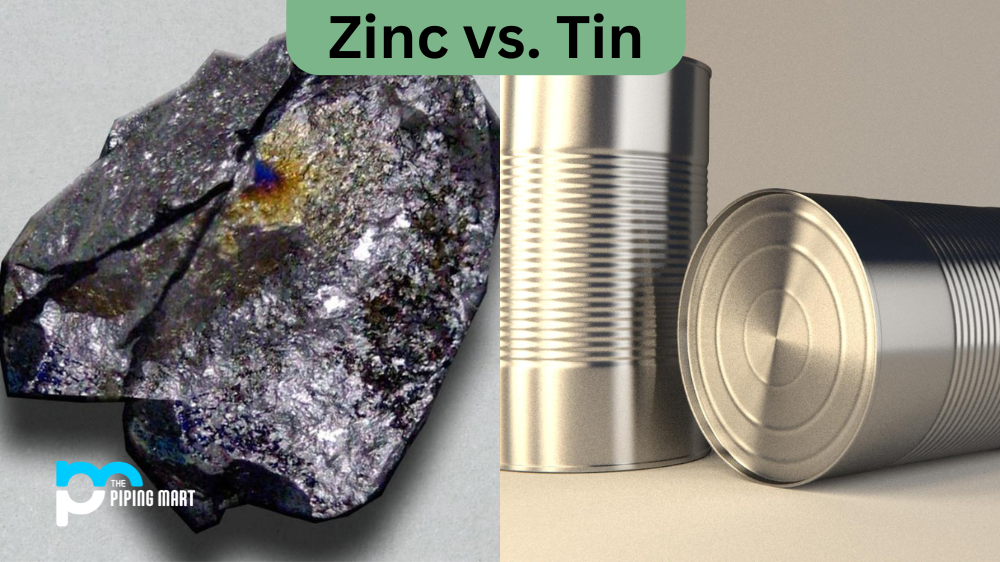Copper is one of the world’s most popular and widely used metals today. Its excellent conductivity, high ductility, and corrosion resistance make it a favourable choice for various industrial and commercial applications. Copper is available in various grades, and each grade has a different set of properties and applications. Two of the most commonly used copper grades are C101 and C106. This blog post aims to compare Copper C101 and C106 in-depth, including their properties, applications, and differences.
What are Copper C101 and C106?
Copper C101 is a grade of pure copper with 99.99% copper content. It has excellent electrical conductivity, good thermal conductivity, and high flexibility. Copper C106, on the other hand, is a phosphorus-deoxidized copper with a copper content of 99.90%. It also has good electrical and thermal conductivity and high flexibility. However, the addition of phosphorus makes it more resistant to dezincification.
Difference Between Copper C101 and C106
The main difference between Copper C101 and C106 is their purity level and composition. Copper C101 is pure copper with a purity level of 99.99%, while Copper C106 has less copper content at 99.90% and the addition of phosphorus. Copper C101 is more malleable and ductile, whereas Copper C106 is more resistant to dezincification. Due to these differences, the applications of both grades of copper are different, and they are used in their respective areas.
Properties
The properties of Copper C101 and C106 are similar in some aspects but different in others. Copper C101 has a higher purity level and is more malleable and ductile than Copper C106. It also has a higher thermal conductivity than C106. Copper C106, on the other hand, is more resistant to dezincification than C101, thanks to the addition of phosphorus.
Applications
Both Copper C101 and C106 find their applications in a wide variety of industrial and commercial settings. Copper C101 is primarily used for electrical applications such as transformers, conductors, and switchgear. Its exceptional electrical conductivity makes it a favourite choice in the electronics industry. Copper C106, on the other hand, is used for plumbing and marine applications where its resistance to dezincification makes it more suitable. It is also used in the automotive industry for manufacturing radiators, heat exchangers and brake tubing.
Conclusion
In conclusion, Copper C101 and C106 are excellent copper grades with unique properties that make them suitable for various industrial and commercial applications. Copper C101 is ideal for electrical applications, while Copper C106 is more suitable for plumbing and marine applications where resistance to dezincification is crucial. If you are still deciding which grade to use, consult industry experts or copper suppliers for guidance. They can help you choose the right grade of copper for your application, ensuring optimal performance and durability.

Hey, I’m Krutik, a casual blogger expert in the metal industry. I am passionate about providing valuable information to my readers. With a background in engineering and construction, I like playing Cricket & watching Netflix shows in my free time. Thank you for visiting my blog, and I hope you find my information helpful!




